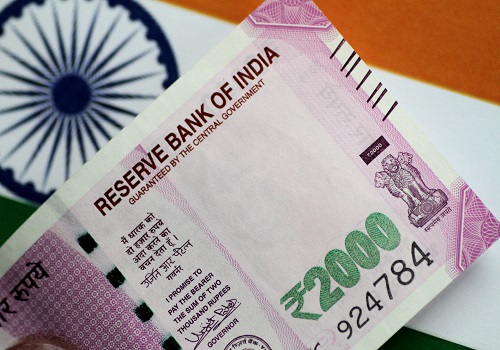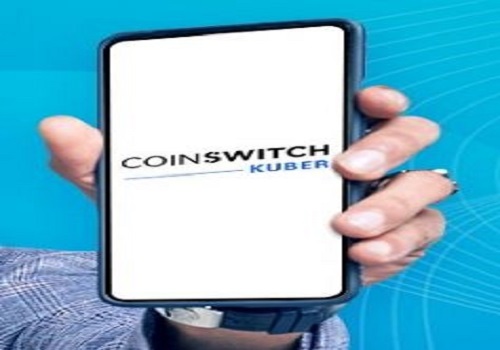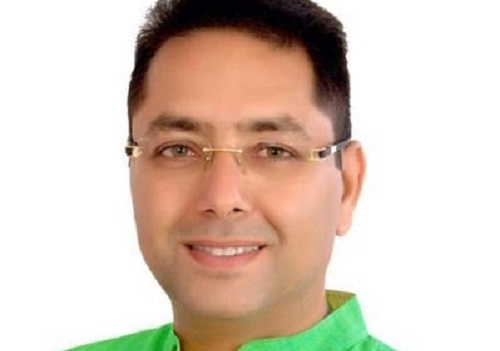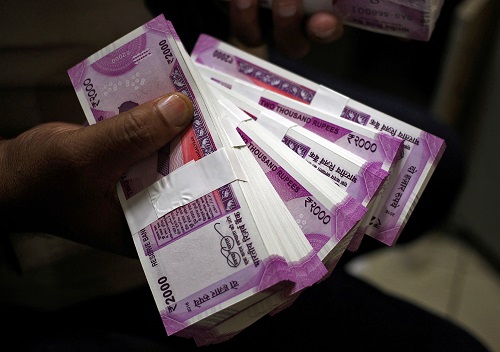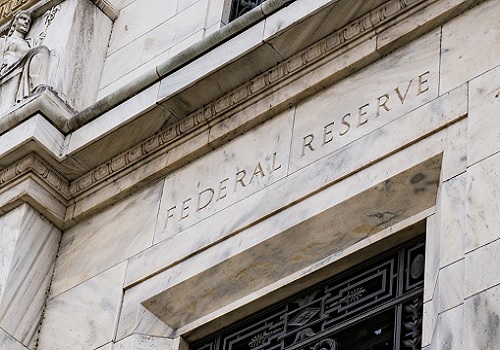Cryptos and India`s digital coin can coexist in future: CoinSwitch CEO

Follow us Now on Telegram ! Get daily 10 - 12 important updates on Business, Finance and Investment. Join our Telegram Channel
The Indian Central Bank Digital Currency (CBDC) can coexist and thrive with cryptos in the future and such a system, applied to several other sectors on a public blockchain with their own cryptos, can unleash innovation that has not been thought of before, Ashish Singhal, Co-founder and CEO, CoinSwitch, said on Saturday.
It will serve both the idea of protecting a country's currency while leaving room for innovation, Singhal told IANS.
The Reserve Bank of India (RBI) this week started a pilot programme of its digital currency, allowing nine banks to use it for secondary-market transactions in government securities.
"The central banks have had currency in digital form for decades, and the introduction of distributed ledger technology (DLT) is welcome. I am really happy to see the successful pilot of India's very own CBDC," said Singhal.
The exact nature of the implementation of CBDCs is still awaited.
However, according to the Bank for International Settlements' (BIS) latest annual economic report, the digital coin could be a game changer in the core banking and settlement sector using automation with the help of smart contracts (in aspects of wholesale cash settlements, security settlements, and even cross-currency settlements).
"Most virtual digital assets (VDAs) are not competing for this space. Hence, there is no doubt that both blockchain-enabled CBDCs can coexist with VDAs," Singhal told IANS.
"There are efficiencies that the entire ecosystem gains by using a private blockchain to digitise the rupee. It can reduce counterparty risk, provide faster settlement and bring efficiencies by reducing intermediaries. We are already seeing these as an outcome of the pilot," the CoinSwitch CEO said.
According to Singhal, the word "cryptocurrency" itself is actually a misnomer, and we should rather envision the effects on the broader Virtual Digital Asset (VDA) ecosystem.
"Most VDAs are not used as a form of payment, which is the primary use case for the e-Rupee. I believe CBDCs and VDAs can coexist, given their technological underpinnings and scope for subsequent collaborative innovations," Singhal emphasised.
The underlying technology for most CBDCs and VDAs is blockchain and smart contract capabilities, although CBDCs would prefer permissioned, private blockchain networks.
Private blockchains could communicate with public blockchains to offer increased reach and distribution, while issuance could be limited to regulated node operators.
Most CBDCs will have some form of interoperability on offer so that cross-network and even cross-border solutions can be built in the future.
"Such a system applied to several other sectors on a public blockchain with their own cryptos can unleash innovation that has not been thought of before," said Singhal.
The RBI's pilot came after Singapore's monetary authority introduced trials of a digital version of its local dollar. Several other countries like China are also experimenting with their own digital currency.












 320-x-100_uti_gold.jpg" alt="Advertisement">
320-x-100_uti_gold.jpg" alt="Advertisement">


